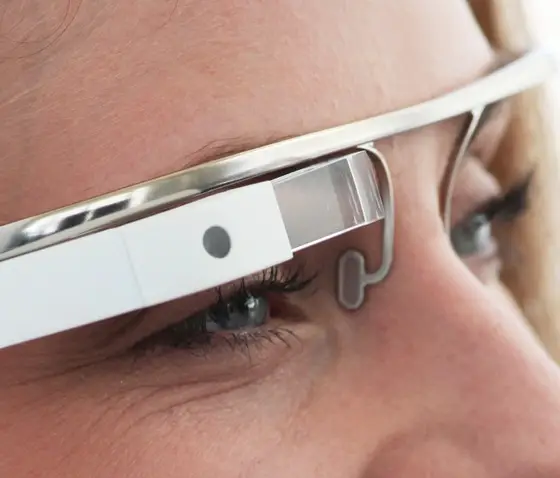
During the Google I/O event, they demand their new product, the Project Glass. We know it is a tiny computer that you wear on your head like glasses but what does it do exactly?
Google’s Project Glass demoed at Google I/O

This is an Internet-powered glass with a small display screen just above your eye sight level. This glass can view maps, capture photos and videos and send text messages hanging around your ears. The entire frame of this glass has a camera, battery, compass, gyroscope, speaker and microphone built in.

So it can detect your voice and work on your voice command. These glasses use WiFi technology or Bluetooth to connect to smartphones or home networks. During the Google I/O event they showed the prototype version of the glasses and the price was $1500 but the consumer model of these glasses will be a bit less expensive and will be available a year later.
Google’s Project Glass demoed at Google I/O

I think you are referring to Google Glass. It is a voice-controlled wearable Android device that appears like a pair of glasses. The glass displays information straight in the user’s field of vision. This wearable offers an augmented reality experience using audio, visual, and location-based inputs that provides relevant information.

One example is when you enter an airport, when you are wearing this, you can automatically receive flight status information. You can also control Google Glass manually using a touchpad located on its frame and through voice commands. The operating system running on Google Glass is based on a version of the Android mobile operating system.
Aside from that, the device can also run applications called “Glassware” which are optimized for the device. This wearable has built-in Bluetooth and Wi-Fi for connectivity as well as a camera for taking videos and photos. Google’s futuristic technology lab called “Google X” formally unveiled its work in 2012. In early 2013, this wearable device was made available to developers and testers.














